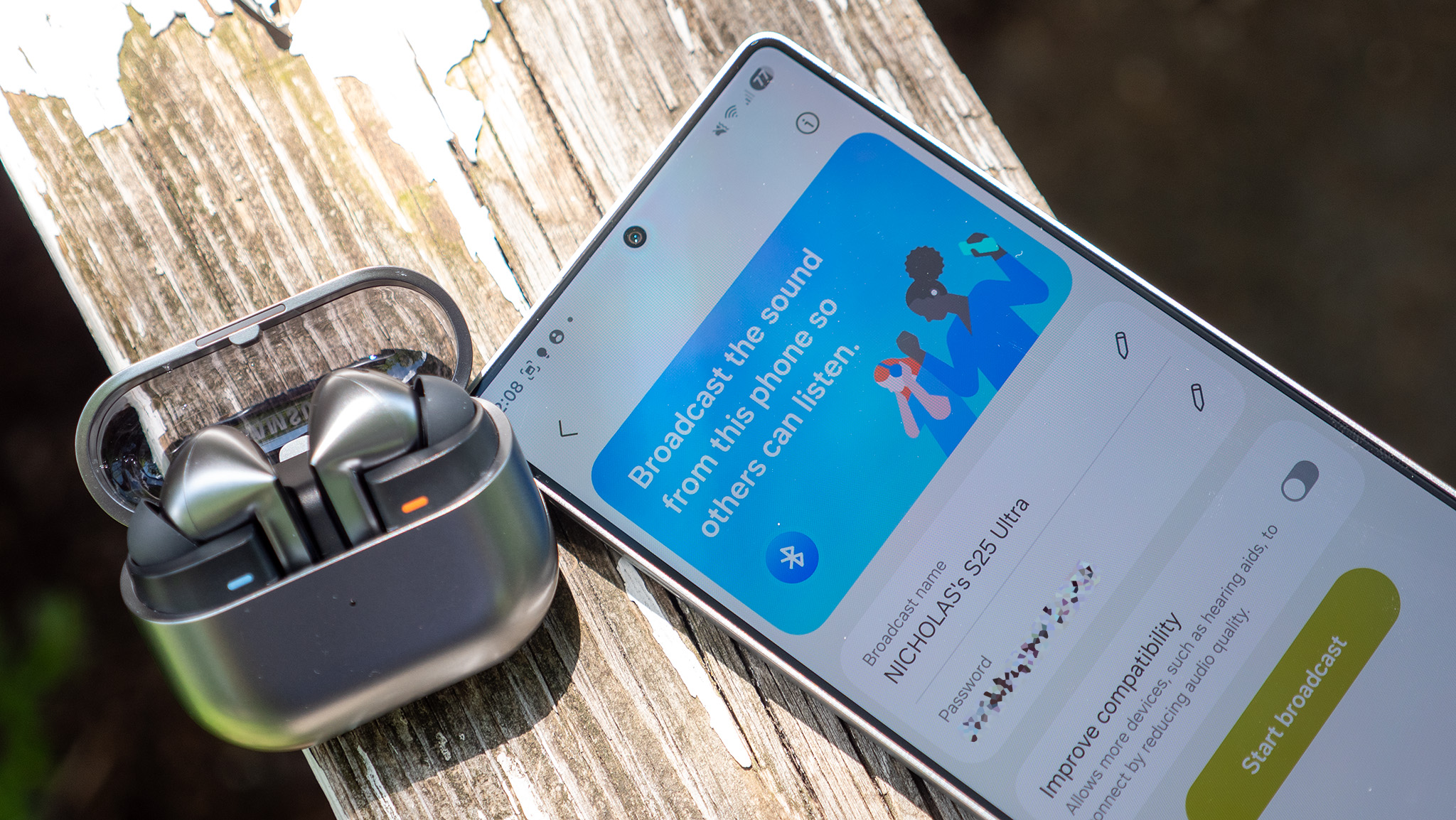Qualcomm announces 64-bit Snapdragon 808 and 810 chipsets

Qualcomm today announced its next-generation mobile processors for the Snapdragon 800 family – 810 and 808. These new chips are designed to deliver even better performance and delight compared to what’s currently available to handset vendors today. The main improvements with these two chips is the 64bit architecture and Cat 6 LTE.
Though the chips aren’t expect to hit the public domain before 2015, it’s interesting to see what Qualcomm is working on. This Cat 6 LTE support will depend on carriers and Qualcomm has opted to use ARM core designs and not its own Krait. These new processors will introduce support for 4K displays with the new Adreno 430 GPU.
The Snapdragon 810 will combine a quad core ARM Cortex-A57 CPU and Cortex-A53 to provide ample power. The 808 on-the-other-hand will have two ARM Cortex-A57 cores paired with a quad Cortex-A53 CPU. It’s all good to know, but you can expect to see more hardware with both 801 and 805 chips until early next year.
Check the presser below for the full details.
Press release:
Qualcomm Announces "The Ultimate Connected Computing" Next-Generation Snapdragon 810 and 808 Processors
SAN DIEGO, April 7, 2014 /PRNewswire/ -- Qualcomm Incorporated (NASDAQ: QCOM) today announced that its wholly-owned subsidiary, Qualcomm Technologies, Inc., introduced its next-generation mobile processors for the Qualcomm® Snapdragon™ 800 tier, the Snapdragon 810 and 808 processors, which are designed to deliver the ultimate connected mobile computing experiences in video, imaging and graphics. The Snapdragon 810 and 808 processors are Qualcomm Technologies' highest performing platform to date, completing Qualcomm Technologies' lineup of 64-bit enabled, LTE-equipped chipsets for premium mobile computing devices. The Snapdragon 810 and 808 processors enable an exceptional overall user experience with seamless connectivity and industry-leading power efficiency for flagship smartphones and tablets.
Both the Snapdragon 810 and Snapdragon 808 processors integrate Qualcomm Technologies' 4th Generation Cat 6 LTE Advanced multimode modem together with support for the Qualcomm RF360™ Front End Solution, and support 3x20MHz Carrier Aggregation, enabling speeds of up to 300 Mbps in the broadest set of spectrum deployment configurations to date. Both processors are designed in 20nm technology node with Cat 6 LTE, advanced multimedia features and 64-bit capability, all tightly integrated and optimized for exceptionally low power consumption that does not sacrifice performance, making them the first premium-tier 64-bit processors to enable LTE Advanced globally with a single design. These products underscore Qualcomm Technologies focus on 64-bit leadership, accelerating its availability across all product tiers while maintaining a long-term commitment to the continued development of its own next-generation custom 64-bit CPU microarchitecture, with more details expected to be shared later this year.
Get the latest news from Android Central, your trusted companion in the world of Android
The Snapdragon 810 processor, as Qualcomm Technologies' highest performing Snapdragon platform to date, also supports:
- Rich native 4K Ultra HD interface and video, along with an upgraded camera suite using gyro-stabilization and 3D noise reduction for producing high quality 4K video at 30 frames per second and 1080p video at 120 frames per second. The combined 14-bit dual Image Signal Processors (ISPs) are capable of supporting 1.2GP/s throughput and image sensors up to 55MP. Advanced imaging software helps enable advanced mobile camera features, including enhanced exposure, white balance and fast low light focus.
- The combined 64-bit quad core ARM Cortex-A57 CPUs and Cortex-A53 CPUs are designed to enable an improved user experience based on the advanced technology feature set, while implementation of the new ARMv8-A ISA enables improved instruction set efficiency.
- Designed for 4K displays, the new Qualcomm® Adreno™ 430 graphics processing unit (GPU) provides support for OpenGL ES 3.1 plus hardware tessellation, geometry shaders and programmable blending. The Adreno 430 is designed to deliver up to 30% faster graphics performance and 100% faster GPGPU compute performance, while reducing power consumption by up to 20%, as compared to its predecessor, the Adreno 420 GPU. The Adreno 430 GPU also enables a new level of GPU security for secure composition and management of premium video and other multimedia.
- The Snapdragon 810 processor introduces high speed LPDDR4 memory.
- Frame buffer compression and external 4K display support via HDMI1.4.
- First mobile platform to implement Qualcomm® VIVE™ 2-stream 802.11ac with multi-user MIMO, which makes Wi-Fi® networks more efficient than ever in order to maximize the performance of local connectivity for mobile devices.
- Support for Bluetooth® 4.1, USB 3.0, NFC and the latest Qualcomm® IZat™ location core for ubiquitous and highly accurate location services.
The Snapdragon 808 processor is designed for premium performance and integrates the same LTE-Advanced, RF360 and Wi-Fi connectivity as the Snapdragon 810 processor and includes 2K display support. Both chipsets are fully software compatible with the 64-bit ARMv8-A instruction set. The primary differences of the Snapdragon 808 processor include:
- Designed for WQXGA (2560x1600) displays, the new Adreno 418 GPU provides support for OpenGL ES 3.1 plus hardware tessellation, geometry shaders, programmable blending. It is designed to support up to 20% faster graphics performance than its predecessor, the Adreno 330 GPU. The Adreno 418 GPU also enables a new level of GPU security for secure composition and management of premium video and other multimedia.
- Configured with two ARM Cortex-A57 cores paired with a quad Cortex-A53 CPU.
- 12-bit dual Image Signal Processors.
- LPDDR3 memory.
- Frame buffer compression and external 4K display support via HDMI1.4.
"The announcement of the Snapdragon 810 and 808 processors underscore Qualcomm Technologies' continued commitment to technology leadership and a time-to-market advantage for our customers for premium tier 64-bit LTE-enabled smartphones and tablets," said Murthy Renduchintala, executive vice president, Qualcomm Technologies, Inc., and co-president, QCT. "These product announcements, in combination with the continued development of our next-generation custom 64-bit CPU, will ensure we have a tremendous foundation on which to innovate as we continue to push the boundaries of mobile computing performance in the years to come."
The Snapdragon 810 and 808 processors are anticipated to begin sampling in the second half of 2014 and expected to be available in commercial devices by the first half of 2015. More information can be found at www.qualcomm.com/snapdragon. Developers can find tools to optimize their apps for Snapdragon processors at http://www.developer.qualcomm.com.
Except for the historical information contained herein, this news release contains forward-looking statements that are subject to risks and uncertainties, including Qualcomm Technologies' ability to successfully design and have manufactured significant quantities of Snapdragon 808, Snapdragon 810 processors and next-generation CPU microarchitectures on a timely and profitable basis, the extent and speed to which the Snapdragon platform is adopted, change in economic conditions of the various markets Qualcomm Technologies serves, as well as the other risks detailed from time to time in Qualcomm Incorporated's SEC reports, including the report on Form 10-K for the year ended September 29, 2013, and most recent Form 10-Q.

